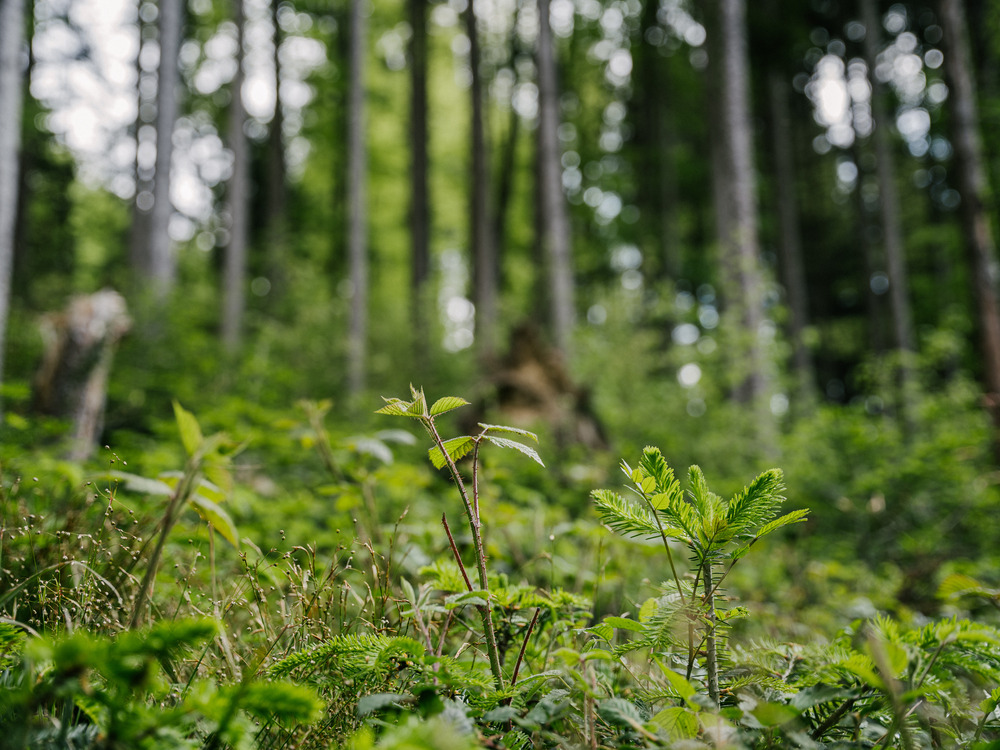Sustainability
Projects must be planned and implemented over generations to create and maintain a climate-resilient forest.
The 30-year project duration can be extended as needed. The income directly invested in the forest allows for forestry measures such as reforestation, addressing extreme weather events, and developing new roads and pathways. This contributes to the long-term preservation of the forest and effective carbon sequestration.
Additionality
The project's additionality is ensured by the voluntary commitment of forest owners to retain a certain proportion of the total wood volume. This value is set at a scientifically optimal level. Without the additional income from this project, the extra measures to ensure a climate-resilient forest would most likely not take place. Supporting these projects helps make a long-term contribution to ecosystem protection and climate resilience.
Measurement
The baseline values have been assessed for their applicability in the project's context. They originate from the forestry context of Austria and Switzerland and adhere to sound, scientifically supported forestry practices.
The reliability of measurements is further enhanced by an on-site inspection at the beginning of the project. During the audit, forest areas at all stages of development were inspected by TÜV Austria. Additionally, general forestry measures and potential risks and threats to the forest were considered to assess current conditions and future developments in light of forestry measures.
The verification of timber harvest quantities is conducted through annual timber harvest reporting. Forest owners have established an action plan that is independently reviewed by a third party to ensure implementation.
Risk mitigation
Nature-oriented projects include a 10% risk buffer to account for the significant risks of various disruptive factors. These include challenges such as severe bark beetle infestations and a variety of extreme weather events, including dry summer periods, landslides, heavy rainfall, and windthrow.
Risks are mitigated through the implementation of measures to create a climate-resilient forest. This includes improved development of forest areas and the planting of resilient tree species. Planting new tree species results in a diverse and future-proof forest.

